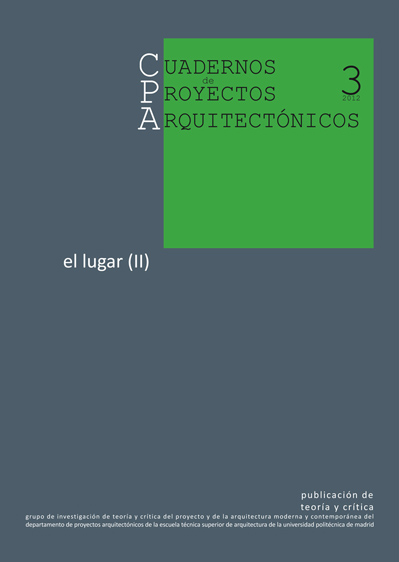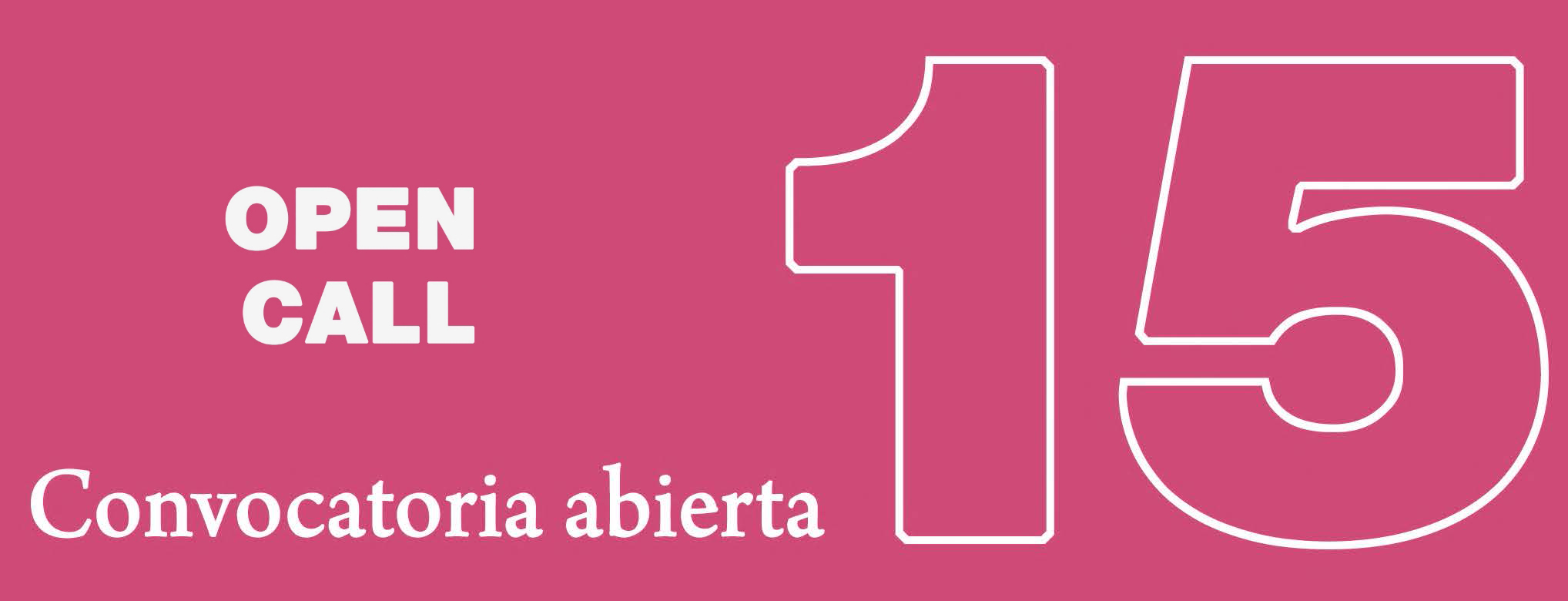Ceci N'est Pas Une Pipe
Palabras clave:
decontextualization, images, mechanisms, collection, placeResumen
Abstract
This article proposes a descriptive reflection on the processes of decontextualization of objects pertaining to modern culture. It starts its journey with images of the Ethnographic Museum at the Trocadero in Paris, founded in 1878 and transformed into the Museum of Man in 1930. The thesis of the article is about uncovering the cultural and productive mechanisms of decontextualization and re?contextualization characteristic of the 20th century, based on the original images of the Ethnographic Museum and of artists such as Braque, Breton or Picasso, along with images of urban spaces from that particular period of time (galleries and arcades).
All these photographs have something in common: they offer us interior and interiorized spaces in which objects are grouped together and float with a surprising degree of autonomy. They are fragments from other cultures, other systems, that are now “collected” together next to other fragments. Alien to their original function, decontextualized from their original environment, they now share a common space, forced to participate in a system of relations that turns them into objects, makes them opaque, and separates them from their origin and “nature.” From an active role (cultural, semiotic, social, etc.), they have gone to play a passive role. They have lost the meaning that belonged to them, and now they wait for the observer to endow them with the new fruit of the relationship created between them, which will take them to a new place.
This technique of 'strangeness and fragmentation' causes the dismemberment underlying "system objects" of our own time, in which coherence of relations systems (specific to each place) has been replaced by the exuberance of simulating production and experience.
Descargas
Descargas
Publicado
Número
Sección
Licencia
1. Los autores conservan los derechos de autor y garantizan a la revista el derecho de una Licencia Creative Commons Atribución-NoComercial-SinDerivar 4.0 Internacional que permite a otros compartir el trabajo con un reconocimiento de la autoría.
2. Los autores pueden establecer por separado acuerdos adicionales para la distribución no exclusiva de la versión de la obra publicada en la revista (por ejemplo, situarlo en un repositorio institucional o publicarlo en un libro).













